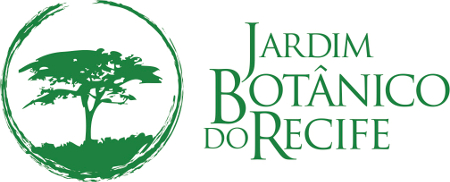The Recife Botanical Garden has it’s own area for the production of seedlings, with approximately 3.000m², predominantly native species of the Atlantic Forest,in order to meet domestic demand in reforestation of its forest fragment, as well as of the protected units and Recife’s urban afforestation. At the moment, seeking renewal and compliance with current regulations, the Recife Botanical Garden search enable, along with Ministry of Agriculture, Livestock and Supply (MAPA), the regulation of forest nursery, in order to implement the process of production of certified seedling, having as technical managers one Agronomist, one Biologist and two Forestry Engineers.
The seeds of Atlantic Forest’s native species are collected into the Garden’s own area or in expeditions organized in other protected units, where the seeds collection’s sites and dates are registred. It is constantly executed every register relating to production and destination of seeds, either to meet domestic demand or reforestation of protected units, whether for specific cases of donation for events in public and private schools, or yet to other organs and governmental and non-governmental entities. All information, such as seedlings donation requests, or any other seedlings destinations are put into digital spreadsheets, and all documents (letters, memos, statements) duly filed in the Nursery Administration Sector.
Seedling production is performed sexual, indirect, with sowing in flower beds and posterior transplanting to plastic bottles (recyclable material) or polyethylene bags of different sizes, dependending on the specie or the purpose of the seedlings (reforestation, urban afforestation, etc.) As substrate, is used garden’s clay, ravine soil (black sand) and cattle manure, in the proportion of 10x4x4, respectively.
The nursery of the Botanical Garden of Recife, also known as the "Green Nursery", is responsible for the production of seedlings of native tree species, primarily of the Rain Forest of Pernambuco, but also shrubs, palms, and other plants of scenic value. Its goal is to meet the needs of seedlings for urban forestry, landscaping and land reclamation.

